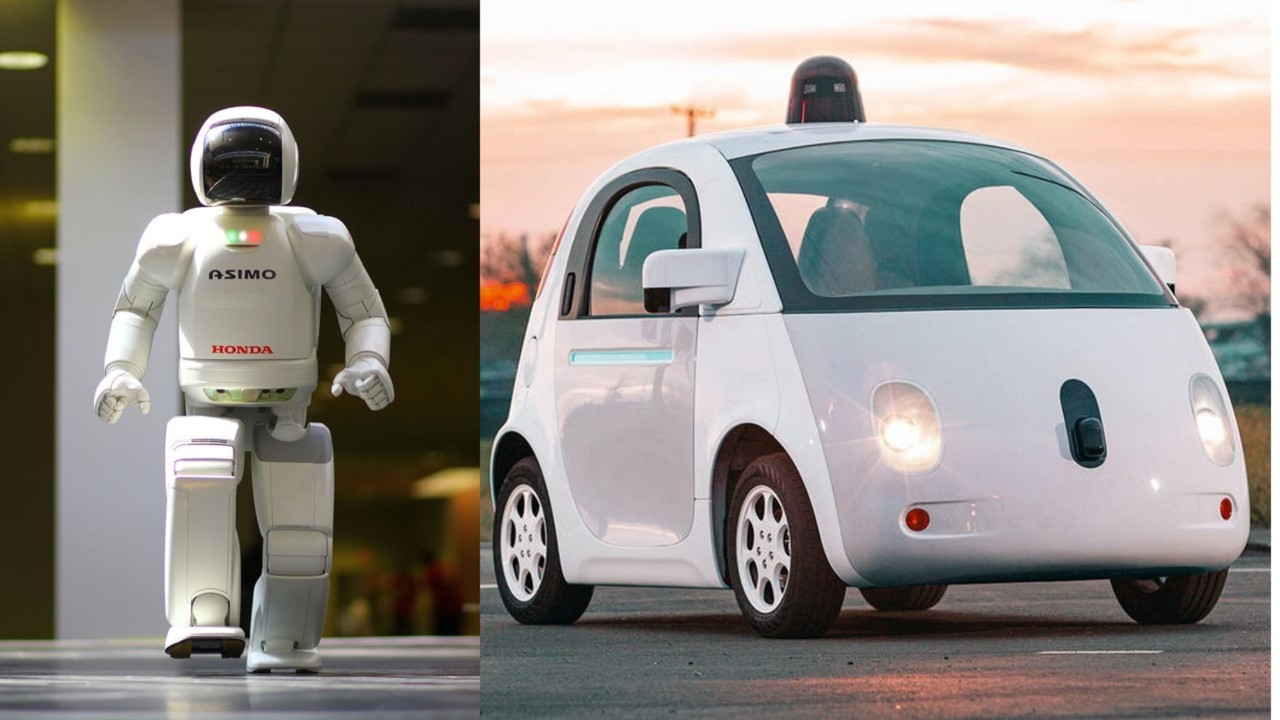
How will robotics change our life?
Robotics, as an industry, has taken over the world, replacing the jobs that are mundane and monotonous, replacing human efforts and subsequently increasing the productivity. Automation and artificial intelligence are the keys to the growth and development of industries. Now, the question is, why do we need robots?
The functions of robots are many.
Robots replace the tedious human labour by carrying out the tasks systematically and in an ordered manner.
Robots are autonomous. They can be programmed to do specific tasks, which makes it convenient and suitable for use in large-scale production industries.
These are some of the functions of robots that I can think of.
Now, coming back to the topic, how will robots change our life? Let’s see how robots have influenced our lives in the past.
The concept of robotics dates back to the historic Industrial Revolution which began in Europe in the late seventeenth century. About that time, there emerged the need of complex machines and subsequent introduction of electricity that allowed machines to be driven by motors, thus replacing human labour to a great extent.
In the early 20th century, the notion of a humanoid robot was developed. Honda company is a pioneer in developing modern humanoid robots. Its remarkable creation, the ASIMO, made its first public appearance in the New York Stock Exchange, U.S., in 2002. Essentially, ASIMO has the ability to recognize moving objects, postures, gestures, its surrounding environment, sounds and faces, which enables it to interact with humans.
The robot can detect the movements of multiple objects by using visual information captured by two camera "eyes" in its head and also determine distance and direction.
ASIMO also responds to questions by nodding or providing a verbal answer in different languages and can recognize approximately 10 different faces and address them by name.
Leaving aside humanoid robots, let’s have a look at a few other examples of robots, how they have impacted our life. Some of the very good examples of robots we use in our daily life include elevators and escalators.
The elevator has the intelligence to minimise its tasks, thus making it an ideal fit to belong to the class of robots. Let’s suppose, three people enter an elevator. The first one presses the button to the third floor, the second one presses the button for the tenth floor and the third for the fifth floor. What does the lift do? Does it go to the third floor, then tenth and then to the fifth floor? No. it minimises its task, goes to the third floor, then to the fifth floor and finally to the tenth floor, thus working in a systematic way.
The escalator in most places nowadays are autonomous. Like they will sense the presence of a person and then start working!
Google has joined this drive by introducing its autonomous, self-driving car. The project is now called Waymo.
Robotics thus, has a wide diversified applications. It can be humanoid robots, self-driving cars as well as various other smart devices that we use in our daily life.
What does the future hold for robotics? With increased scientific and technological advancement, as well as with the rapid growth in the areas of machine learning and artificial intelligence, we can be sure about one thing – robots will soon take over every aspects of the industry and human life in general!